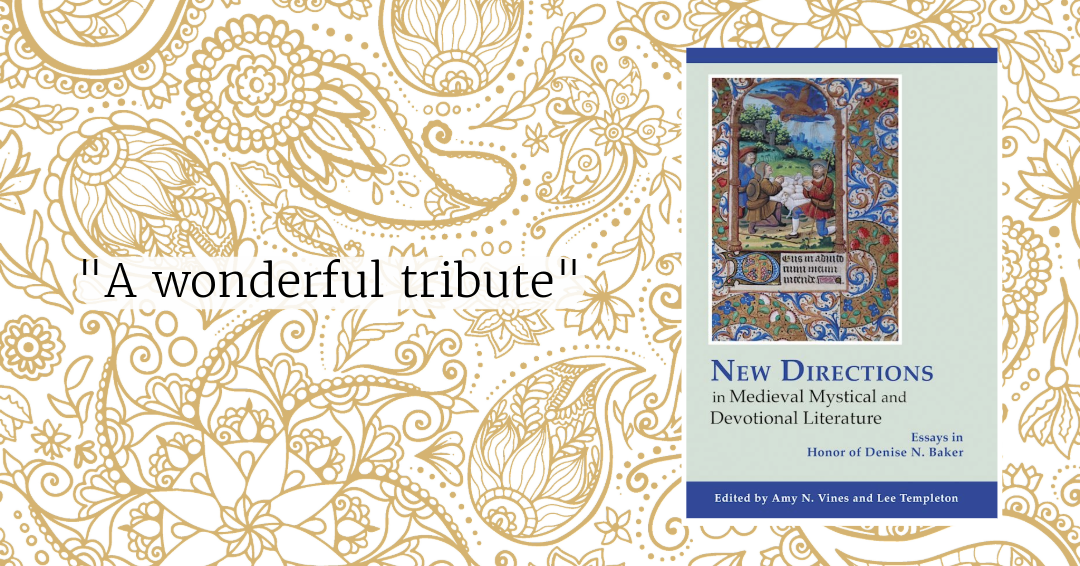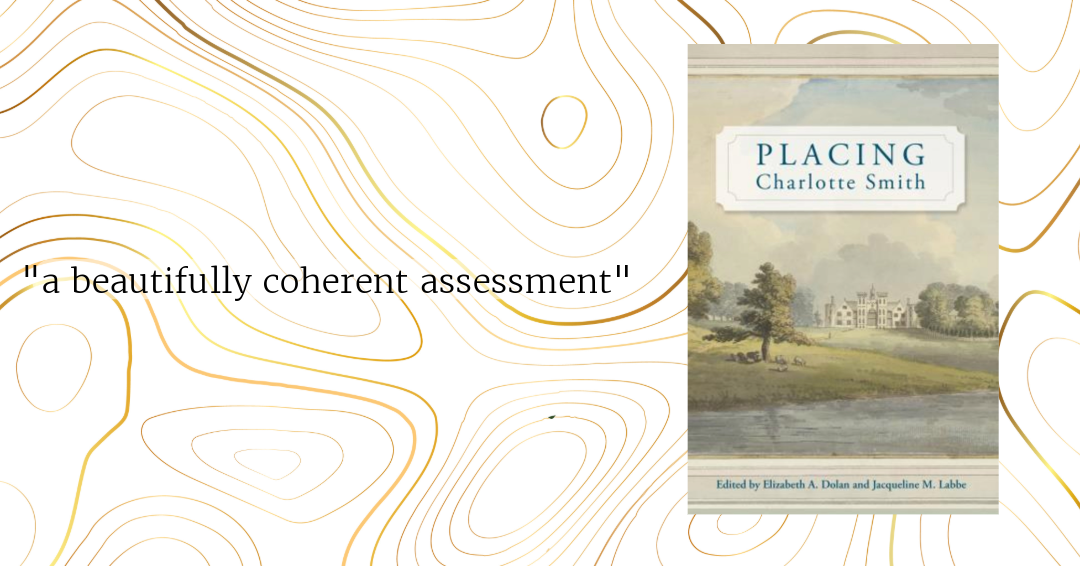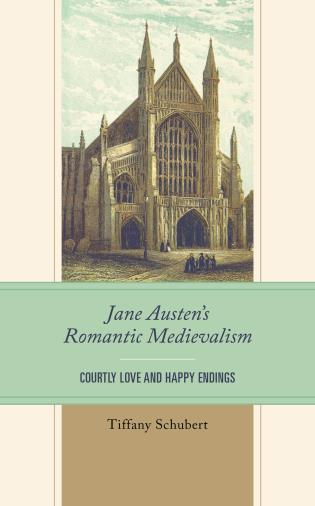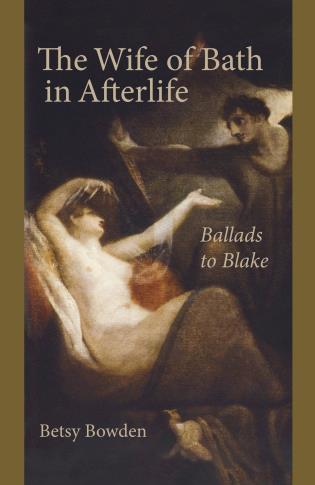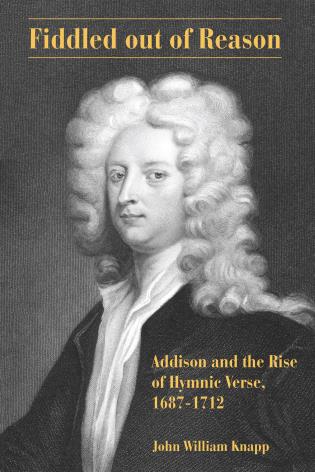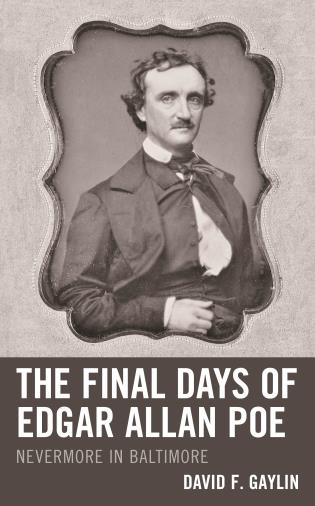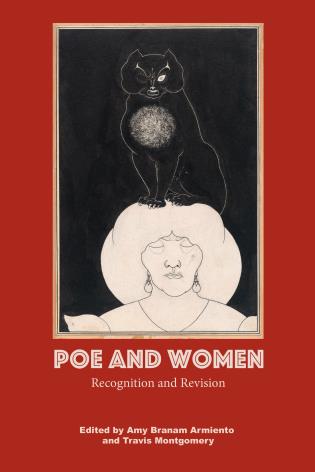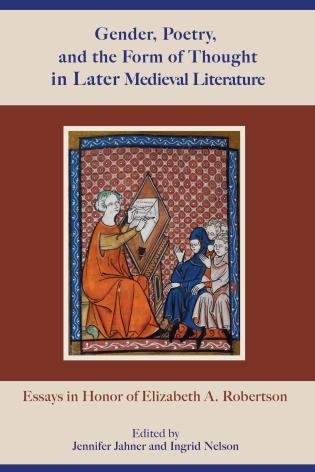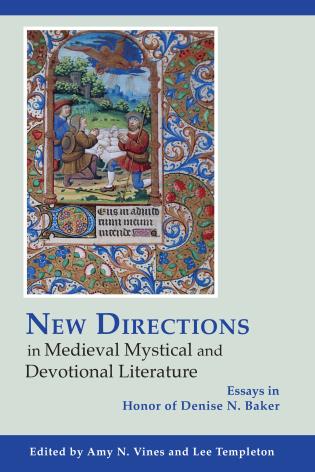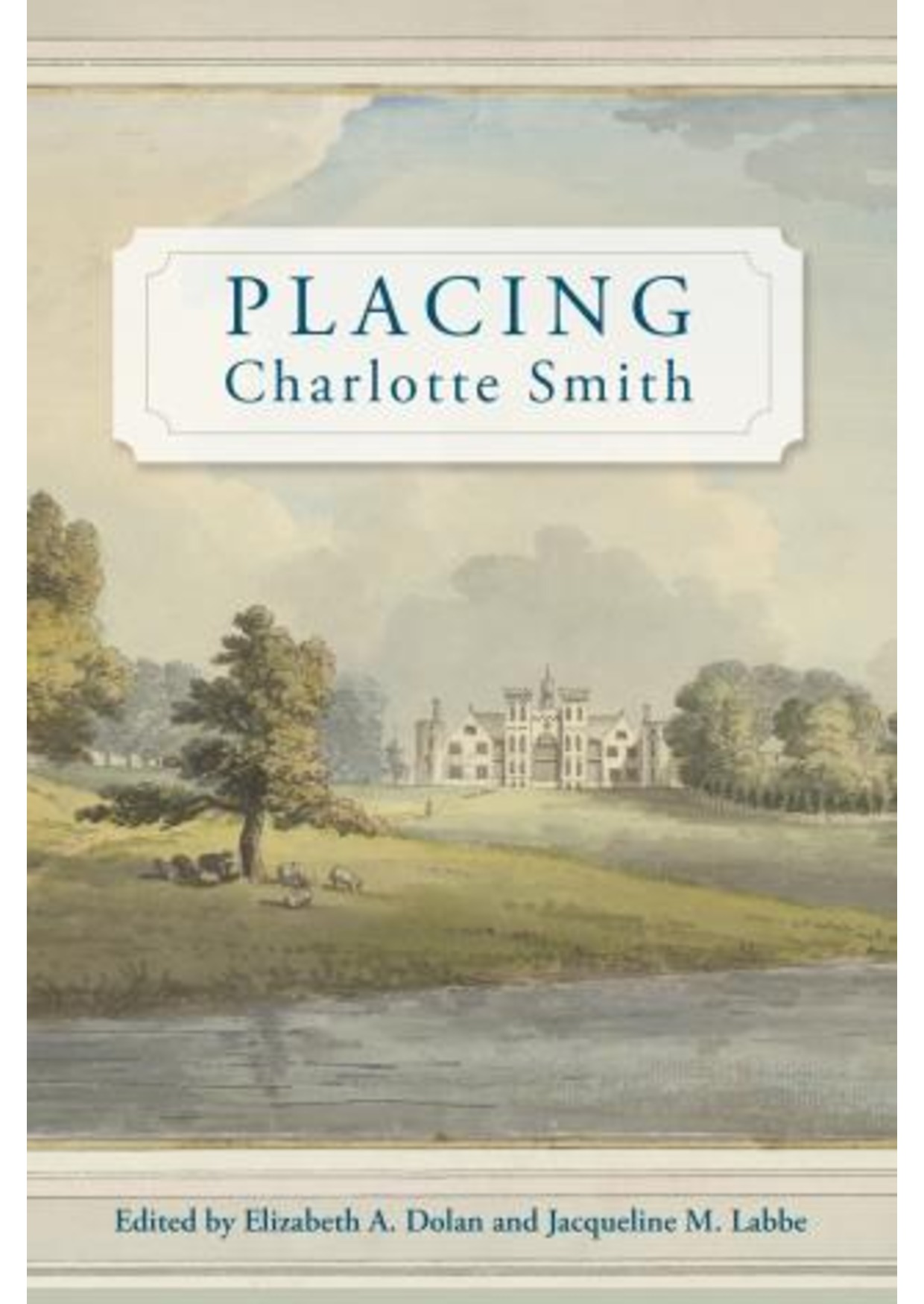
*this transcript has been edited from the original audio for readability and length. Listen to the entire episode on Spotify and Apple.
NRC
Hello and welcome to how my book began. I'm Nathan Carpenter, managing editor for Lehigh University Press. Thanks for joining us. We're here today with Joseph W Ho, who is Center Associate at the University of Michigan's Lieberthal Rogel Center for Chinese Studies and the manager of the University of Michigan's Eisenberg Institute for Historical Studies. He is the coeditor of War and Occupation in China: The letters of an American missionary from Hangzhou, 1937 to 1938, which was published by Lehigh University Press in 2017. And, he's the author of Developing Mission: Photography, Filmmaking and American Missionaries in Modern China, which was published in 2022 by Cornell University Press. Joseph is also the series editor for the LUP series Studies in Christianity in East Asia. Joseph, welcome and thanks so much for joining us.
JWH
Thanks for having me.
NRC
I wanted to start with your role as series editor at Lehigh. How did that? Where did it originate? And and how long have you been editor?
JWH
So I've been involved for many years with the China Christianity Studies Group, which is a scholarly society affiliated with the Association for Asian Studies. And a very senior scholar in the group, Ryan Dunch, was the previous series editor at LUP, and he approached me about three years ago with a question about transitions and about if I had interest in serving as the series editor. At that time, I was completing my first monograph. I had already published a book, a co-edited volume with Lehigh University Press. And I've had a great experience working with the press and with this scholarly society. And I said yes, this was something I was very interested in. And Ryan being a real friend and scholar in the field, was very encouraging in this transition.
NRC
That's wonderful. Your first book is an edited collection that was published through Lehigh University Press. You worked with Ryan on that on that project. What was the origin of that? When did you decide? Hey, there's something here we need to bring to light these letters. How did that develop?
JWH
That actually started as a side project in my graduate school years at the University of Michigan. I gave a presentation at the Eisenberg Institute, which I currently manage, and a person sitting in the audience raised his hand at the end of my presentation, which was on missionary photography in modern China, and he said to me “I found these letters that were written by my grandfather from wartime China. No one has ever looked at them outside the family. Would you be interested in taking a look at them and seeing what we can do with them?” That collaboration with Charlie Bright, the coeditor of these letters, the grandson of this missionary in China, blossomed into a side project while I was doing my dissertation on compiling these letters, doing the detective work to figure out the context, the people involved, the historical picture of wartime China as seen through the eyes of this missionary essentially trapped behind enemy lines in China at this time in 1937, 1938. We originally envisioned this as a kind of compilation project, and over time it developed into a book. And that's essentially how it started.
NRC
I find the stories of family archives to be just really wonderful. In some ways we're just grateful that someone didn't "Marie Kondo” those letters. Had you worked with family archives before? Were there questions that you had to raise in dealing with that type of material that maybe you hadn't in other sorts of research?
JWH
A lot of my research was based on family archives and collections, especially when it came to missionary photographs and film. So this was something I had been thinking about since the end of my undergraduate days and my early graduate career in how do people see and preserve images of China in personal archives by missionaries and the questions of archival, preservation of visibility and invisibility, and what one does with this treasure trove, whether it's photographs or film or diaries or letters that can shed light both on the missionary experience, but also on modern China, and perspectives that transcend the Pacific and US-China relations, all of those pieces are in there and are elements I've been thinking about for quite a while.
NRC
Your second book took up a different type of work, a different type of material, and so I was wondering if you talk with us a little bit about how you became interested in photography and then how you became interested in in photograph as historical source.
JWH
I think it also starts with family stories, finding old photographs of my grandparents in a suitcase that my father had brought with him from Taiwan when he immigrated to the United States and also photograph albums that my mother had collected of her own family in Taiwan. And those types of stories that these images tell. And the types of memories that circulate around these fragmentary materials and what they say about China and Asia and personal experience and Asian American history, that's essentially where it started with photography.
NRC
Did you know the people that were in those forces were these? Did you know the family members that were depicted? Do you know the context and the environment and other people there in the photos? Or was this a matter of discovery for you as well?
JWH
I think it was a bit of both. I could recognize my grandparents and my parents, of course, recognize myself in younger form in some of these images, but also the mysteries. What those images didn't tell, or what types of stories were not visualized and yet had connections to some of these images and photograph albums. I think it was a process of detective work, even in piecing together memory and visibility in these family photos that brought me into interests in history, and what these photographs can do to tell us about historical experience. Alongside the photos, finding old cameras in the family and being interested in making images and how the creation of images and use of technologies also reflect these transnational experiences.
NRC
You know, since that time you've also become a photographer and a collector of sorts of photographic technology. Was that an organic development? How do you think about the relationship between your work as a historian and your work as an artist?
JWH
That's a great question. I think to understand the historical experience, the process of making images and the devices involved are so important. So in every piece of research that I do, where a camera is featured or someone talks about photography, I try to track down that piece of equipment, that camera, that projector, that developing device, and, if possible, preserve it, make it work again, and then find out what it felt like to make those images. And those devices are certainly a huge part of what we sometimes can't see in images. We see the final product. We don't necessarily see the process. I believe that combining the product with the process gives us a fuller picture of what it meant to make images in history.
NRC
What is your favorite camera at the moment?
JWH
Oh my goodness, that's a great question. My favorite is a Rolleiflex twin lens reflex medium format camera. Part of what draws me to this camera, besides its high quality, the types of histories involved, is that to take a photograph you have to look downward through the viewfinder. And, in a kind of East Asian context, what it actually requires you to do is that you have to bow to your subjects when you make a photograph. So the camera drives the kind of personal performance, and I love it for that reason.
NRC
So talk about the book. How did that begin and how did it transform over the course of its lifetime— from a project that had its roots in in your graduate work until it became a a full-fledged book in 2022?
JWH
So being interested in images in family experience and also in Christianity in Asia and China specifically, it was the experience of meeting the children of missionaries who had preserved photographs and films from their parents’ perspectives and histories that started this entire project of finding these photos, writing about these photos and films, and what they had to do with modern China, with Christianity in China, with Sino-US relations. In the evolution of this project, it was finding these different connections with localities in China, with different families, different religious orders between Protestant and Catholic groups who were all using these visual devices and technologies in various ways to document their experience. Also these experiences evolved across time that missionaries and Chinese groups were caught up in both the development of modern China as well as war and conflicts and regime change and shifts in how Americans and Chinese interacted with each other over the twentieth century. These visual documents reflect how experience evolves within and outside the frame of making images. And I think those pieces have evolved from a personal type of interest in images to an entire constellation of archiving photographs and film, of exploring transnational contact, and seeing how visual culture intersects with cultural histories of both Asia and the United States in the world.
NRC
Are there questions that you need to ask of photographic materials around memory that are different from the types of questions that you would ask of other types of historical documents in memory.
JWH
Absolutely. I think seeing and creating something that's visible is really something different compared to how we write or how we shape text and even conceive of historical documents in an archival and research-based way. I think one thing that stands out is the work of a French philosopher and semiotician, Roland Barth, who writes about photographs as something that mediates time and space and perspective. And he writes about images and photographs specifically, as “has beens.” Every photograph is a “has been.” And that way of seeing experience and thinking about what's visible and what's invisible in relation to a photograph really changes how we can see history beyond the act of writing, beyond the types of conventional material that historians work with, which is largely text based. And yet we live in a world that is saturated with images. We are mediating our contact through Zoom and through other visual devices all the time. How do we think about those types of devices within history in former periods in which people were also mediating memory and experience through the act and processes of making images?
NRC
What was the relationship with the archive keepers, so to speak.
JWH
I think there's certainly a diversity of experience in how people see images, especially in family contexts, so working with some of these missionary families many of them might have seen these images for decades as simply mom and dad's old photos, or my pictures of childhood. But when you bring a historian into the picture like myself, we suddenly see these images as documents of China or representations of religion and culture and political exchange. And all these different conversations that happen as we bring in new perspectives to people who have kept these images and preserve them as precious documents of their own experience or an institutional experience, say for Catholic groups, for whom families are very different story and elements, or who may not be there in the cases of priests who are making images that there's a personal element. Then there's an institutional and then kind of global experience that are all coalescing around these images. And I think working with people who have thought about these images in a certain way and then bringing a scholarly perspective to what these photographs and experiences say in history creates a diversity of perspective that I think is really fascinating.
NRC
There was a wonderful presentation here at Lehigh about a year ago from a family who had donated their family archive to the special collections. They talked about a sort of unburdening, a sort of freedom, that was breathing new life into this material that they had kept as part of their family. It was locked up in these cases and these trunks. But they felt like it was breathing new life into something that they weren't able to breathe life into, because they have an outside perspective, historians who are coming in, and taking a look at it.
JWH
Absolutely. And I think it's a great reminder that history operates on both macro and micro levels where we have the histories of nations, of empires, of colonial powers, of these large institutions like a global church, and then within them we have these micro level lenses that are making photographs of a Chinese village or a wartime battlefield, or travels across Asia. These types of micro and macro histories are always interacting with each other. And sometimes it just takes recovering them in an attic or basement or a trunk or an archive.
NRC
Would you be willing to talk a little bit about your current project?
JWH
Sure. So my current project is also related to photography and media. And in this case, I'm looking at Cold War Asia, specifically Taiwan, and how people, specifically diasporic movements of people, related to both religious and non-religious groups from mainland China, after 1949, found ways of identifying with the Cold War world in diaspora and in the process made photographs, made broadcasts, and other types of media, as a form of wayfaring of finding one's way in a Cold War world with reshaped politics, reshaped types of religious identification. My current work is recovering 84,000 photographs made by a single Jesuit priest in Taiwan between 1950 and 1970. These are photos that were just discovered a couple of years ago. I've been looking for them for years. The original negatives were just found at a research institute now connected with Boston College. And I am currently in the process of preserving, digitizing, cataloging, and hopefully writing about these photographs from Cold War Taiwan.
NRC
That's astounding. I just make sure that I understand this correctly. So, in a span of 20 years, produced how many photographs?
JWH
84,000.
NRC
A single photographer?
JWH
That's correct. And these are photos that are National Geographic quality by one amateur photographer in Taiwan, and they have not been seen for at least 40 years.
NRC
I already have so many questions about that! What a wonderful project.
JWH
Thanks. It's amazing and I'm looking forward to seeing where it goes from here.
NRC
Well, Joseph, thank you so much for joining us today.
JWH
I've really enjoyed this time chatting with you and I look forward to continuing to work with you and for other authors who are working with Lehigh University Press.

